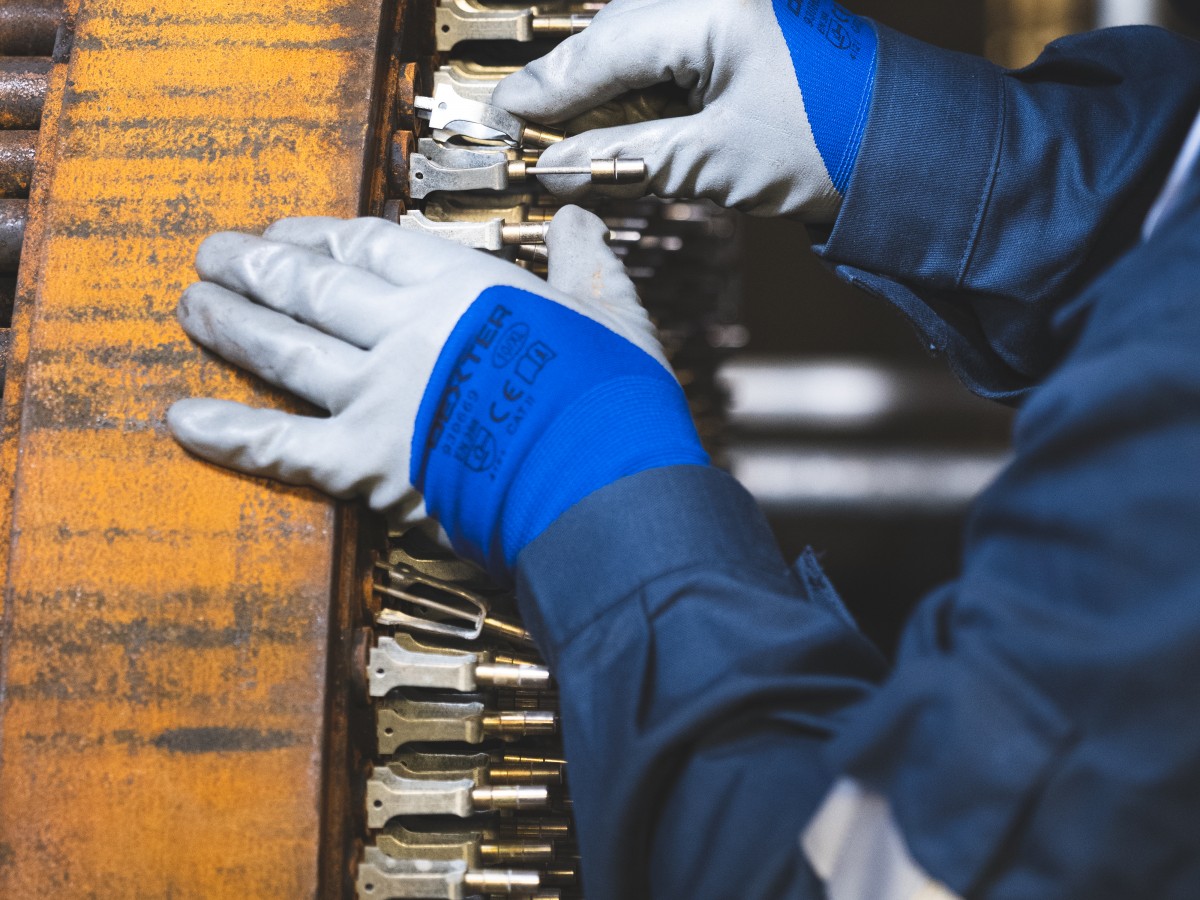Let's Connect
Experience the ultimate in fuel additives with Neo Petcon's premium products. For more information, please contact us at info@neopetconindia.in,
or call us at (+91) 9289639031 (Delhi), (040) 23096433, 7330965673 (Hyderabad).


Pre-heating crude using hot product streams in a train of shell and tube heat exchangers is a standard practice in refineries. Typically, a crude is pre-heated to a temperature of 240°C to 250°C before entry into the furnace for further heating. Refinery operation optimization needs and economics demand various crudes to be used. Mixing different crudes leads to asphaltic deposit formation inside the tubes, especially in the last two exchangers before the furnace, where the temperatures are higher.
The deposits lower the heat transfer coefficient, reduce heat recovery from the hot fluids and lower the pre-heated crude temperature at the furnace entry. Lower crude pre-heated temperature implies correspondingly more fuel consumption in the furnace. Tube Inserts are spiral coils installed in each of the tubes in the heat exchangers where the deposit formation is high.
The inserts minimise the deposits' formation and increase the heat transfer coefficient by higher turbulence.
Installing the tube inserts increases the overall heat transfer coefficient by 20% to 50%, depending on the operating variables. It allows sustenance of the high heat transfer coefficient over long periods.
The most exciting applications are in the crude train of heat exchangers for preheating before feeding to the furnace to the crude distillation unit.

A tube-side fluid velocity of 0.7 to 2.5 meters per second is ideally suitable. The Petroval Neo Petcon team does the installation.
There is no modification of the heat exchanger required. It is quick to install with no damage to the tubes.
Experience the ultimate in fuel additives with Neo Petcon's premium products. For more information, please contact us at info@neopetconindia.in,
or call us at (+91) 9289639031 (Delhi), (040) 23096433, 7330965673 (Hyderabad).